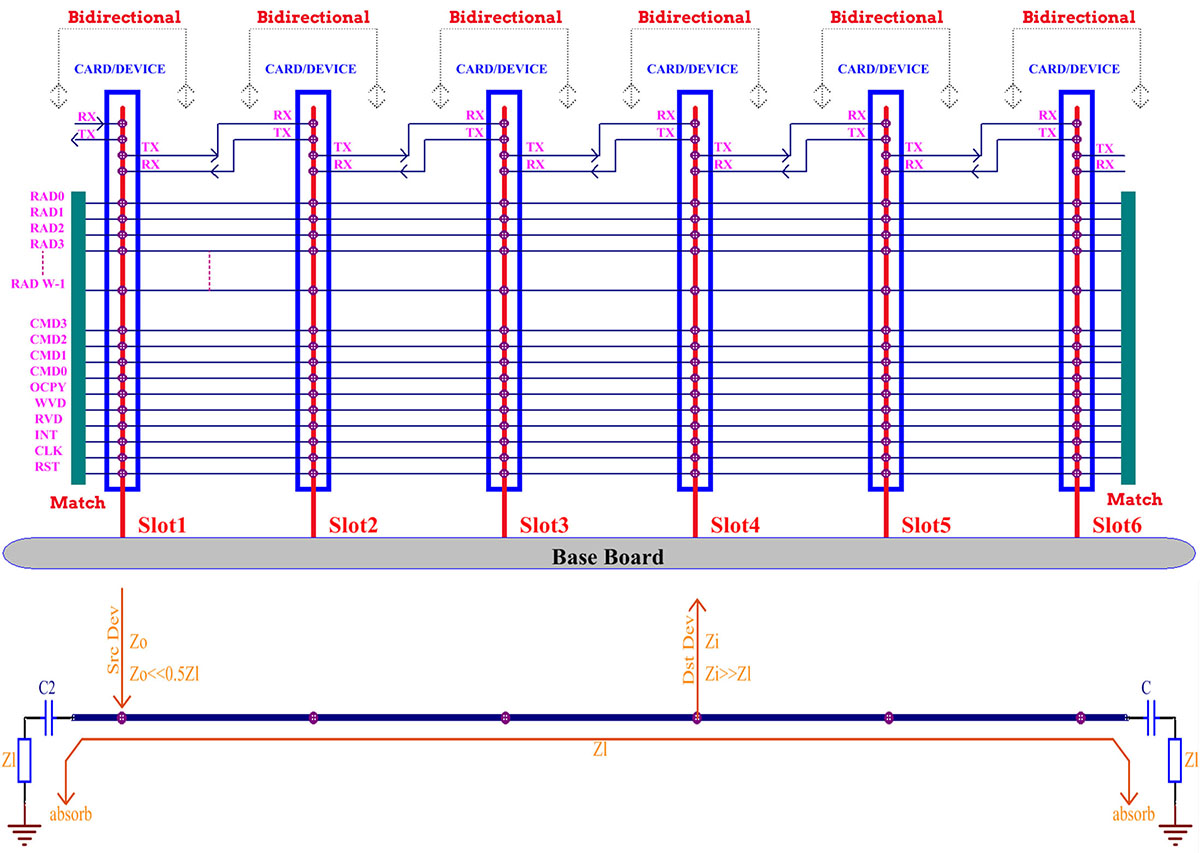
LMTP is a communication protocol designed by us and is used for the pluggable bus structure inside the instrument. This protocol is suitable for the local multi-point high-speed communication occasions such as industrial control facilities and the interior of instruments.
Features:
※ 400MB/S peak transfer rate
※ Up to 32 devices can be connected (when W=32)
※ Bus sharing, time division multiplexing
※ Applicable to “one master, multiple slaves” or “peer-to-peer” structure
※ Asynchronous request, synchronous transmission
※ Single/Burst Mode/DMA Transfer
※ Low power consumption, the clock is only valid during transmission
※ The bus address/token can be configured externally
※ Optional serial configuration bus, hot-plug support
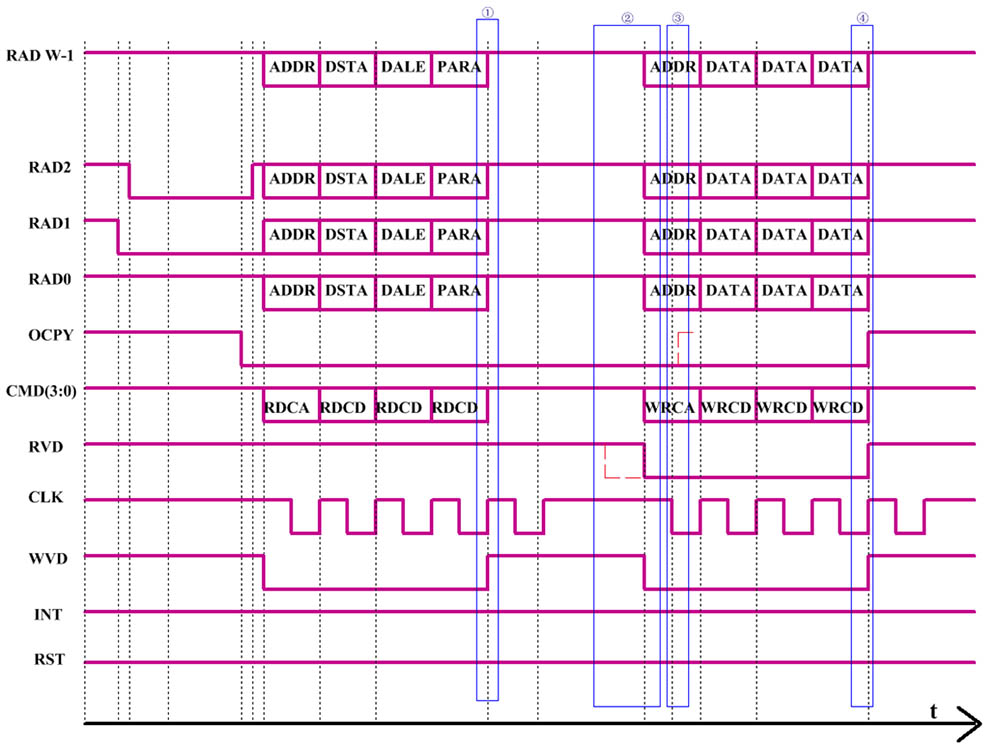
LMTP v2 does not specify the bus width and the number of base address bits, that is, it applies to the case of [8/16/32] bits, but each device in the same transmission system must be consistent. By default, this protocol uses a 32-bit bus width and a 3-bit base address system as an example; LMTP v2 does not specify the transmission voltage level, but each device in the same transmission system must also be consistent.
LMTP v2 includes two parts: high-speed parallel line and serial configuration line. The serial configuration line is equivalent to the universal asynchronous transceiver UART, so this document mainly introduces the high-speed parallel line.
The high-speed devices with fixed configurations can use the high-speed parallel line alone, while the low-speed devices that do not require high-speed transmission can use the serial configuration line alone. LMTP v2 is especially suitable for the devices with multiple [MCU/APU+FPGA] architectures.
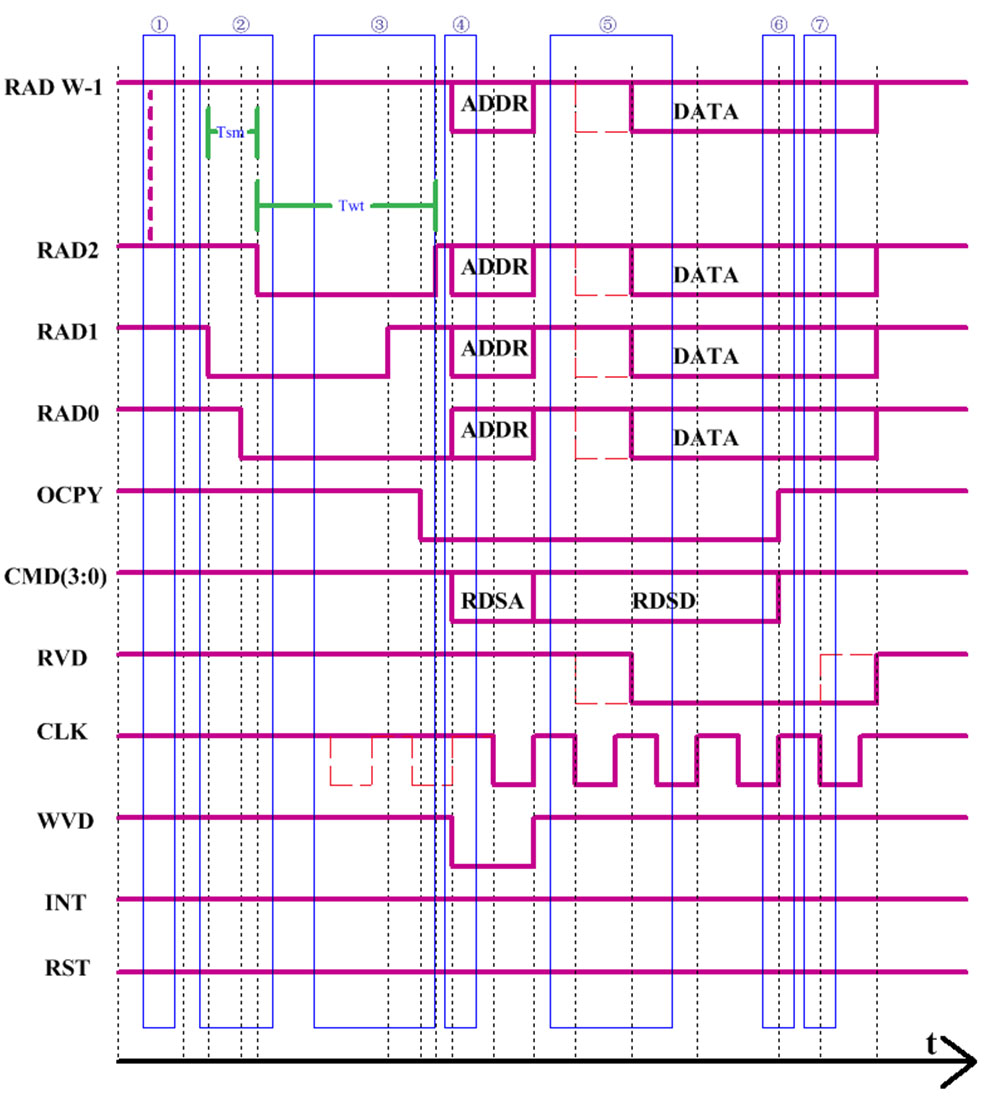
| Bus symbols | Definition | Default level | Active level |
RAD | 请求/地址/数据公共总线 | 非驱动弱上拉 | 请求期间低电平发起传输请求;传输期间推挽有效 |
OCPY | 总线占用标志 | 非驱动弱上拉 | 低电平标志总线被发起设备占用;【OCPY逻辑与RVD】有效表示总线被占用 |
CMD | 总线命令 | 非驱动弱上拉 | 传输期间推挽有效 |
CLK | 总线时钟 | 非驱动弱上拉 | 总是由发起设备驱动,第一个下降沿确保地址建立;传输完成后产生一个额外周期后恢复高电平 |
RVD | 远端设备回应数据有效,即”读”有效 | 非驱动弱上拉 | 低电平表示远端设备正驱动总线 |
WVD | 发起设备驱动总线有效,即”写”有效 | 非驱动弱上拉 | 低电平表示发起设备正在驱动总线 |
INT | 中断请求 | 非驱动弱上拉 | 低电平表示有设备发起中断请求,该线路采用OC形式,只可驱动为低 |
RST | 总线设备复位 | 非驱动弱上拉 | 低电平器件所有设备复位 |
TX | 可选串行配置发送 | 驱动为高 | 低电平起始位有效 |
RX | 可选串行配置接收 | 非驱动弱上拉 | 低电平起始位有效 |
Example board design based on LMTP:
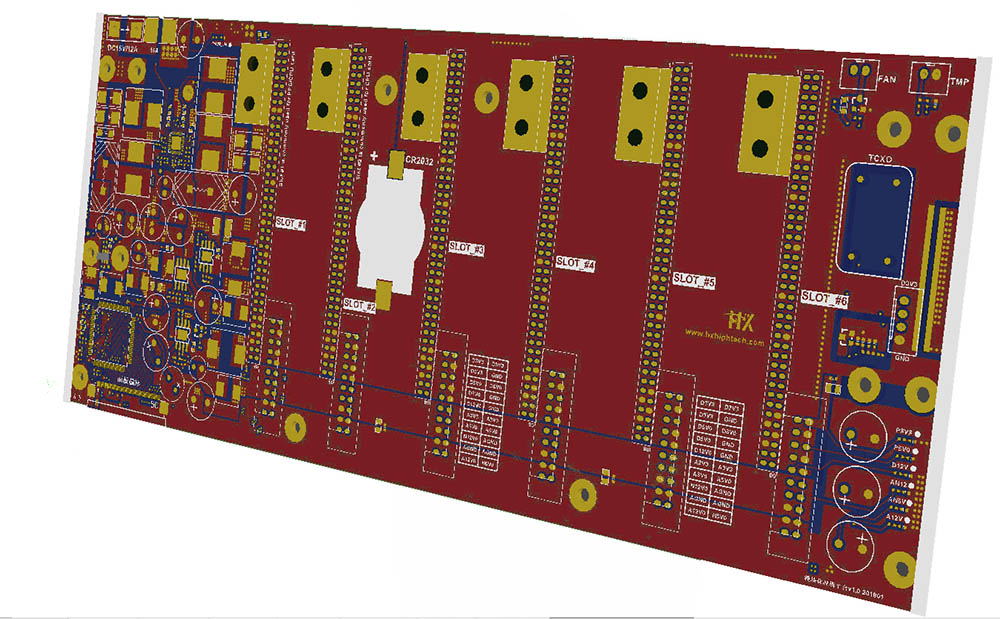
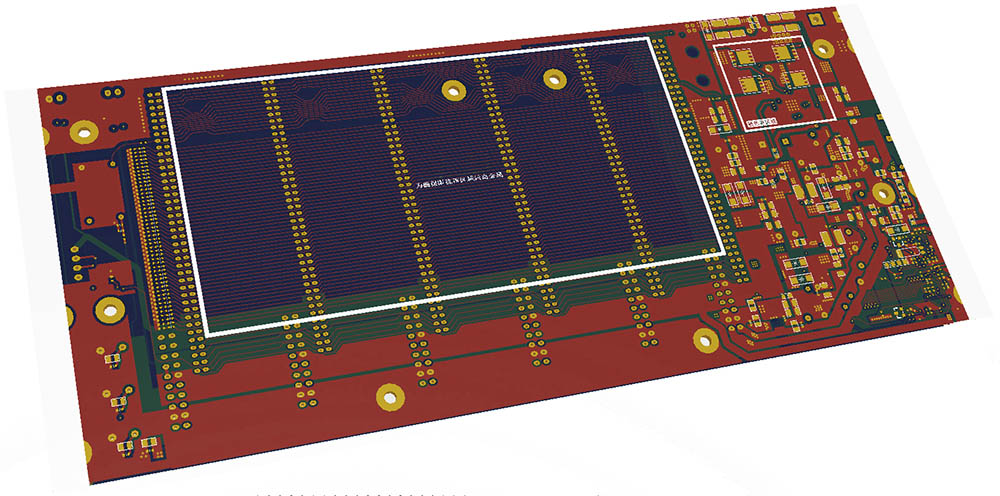


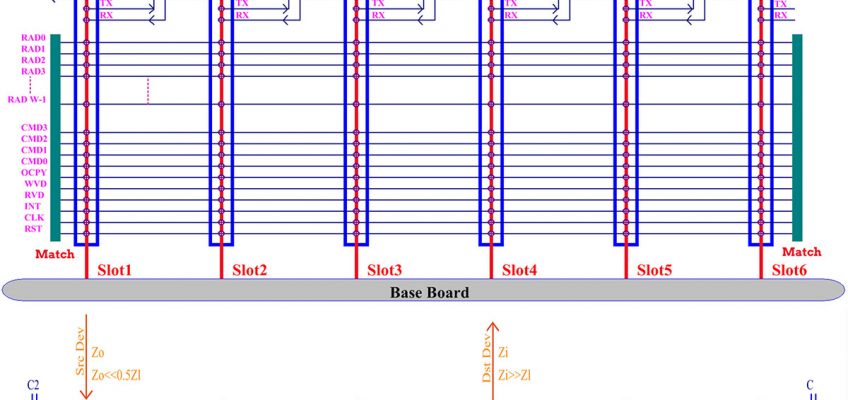
Leave a Reply
You must be logged in to post a comment.